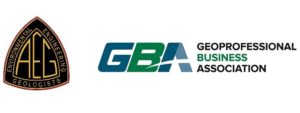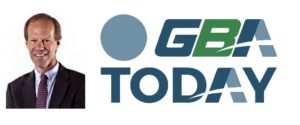Two Important Legal Resources Updated
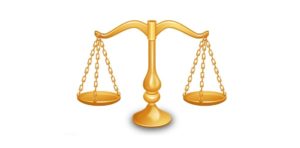
Two Important Legal Resources Updated
The Geoprofessional Business Association (GBA) has published new editions of two important legal references, both prepared for design professionals without use of “legalese”; both available free of charge. Limitation-of-Liability Case Index and Economic-Loss-Doctrine Case Index were prepared for GBA’s Legal Affairs Committee by Seattle (WA) law firm Skellenger Bender, P.S.
GBA introduced the 400-year-old limitation-of-liability (LOL) concept to the design and environmental professions in 1969. By applying the concept, now upheld in most states, a client agrees to limit a design professional’s liability to a given amount, most commonly $50,000 or the fee, whichever is higher. The Index describes each case in terms of its background and the points or holdings involved, and – to support additional research – identifies the case by name, jurisdiction, and citation. The cases span the period 1956 to 2016.
The economic loss doctrine (ELD), another important protection for design professionals, bars use of tort claims (e.g., professional-negligence and negligent-misrepresentation claims) to recover purely economic losses, such as those stemming from property damage or construction delays. In states that uphold the ELD in full, claimants against design professionals may recover purely economic damages only via breach-of-contract suits, limiting claimants to design professionals’ clients. In other states, third parties, like constructors, can sue design professionals directly. Economic-Loss-Doctrine Case Index provides a state-by-state status report on the economic-loss doctrine, describing the cases involved and providing the additional information required for more research.
Download Limitation-of-Liability Case Index
Download Economic-Loss-Doctrine Case Index
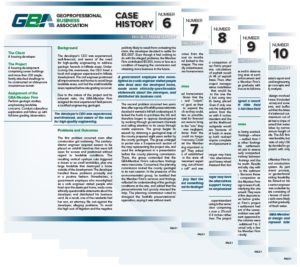
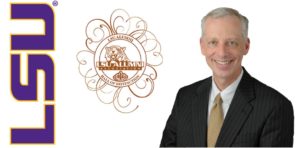

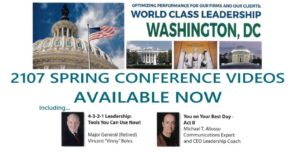
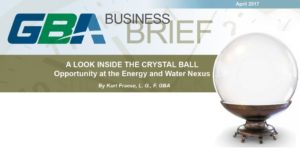

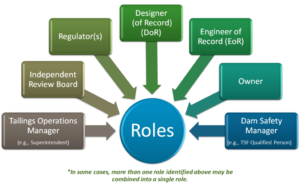 Tailings Engineer of Record Workshop a Big Success
Tailings Engineer of Record Workshop a Big Success

